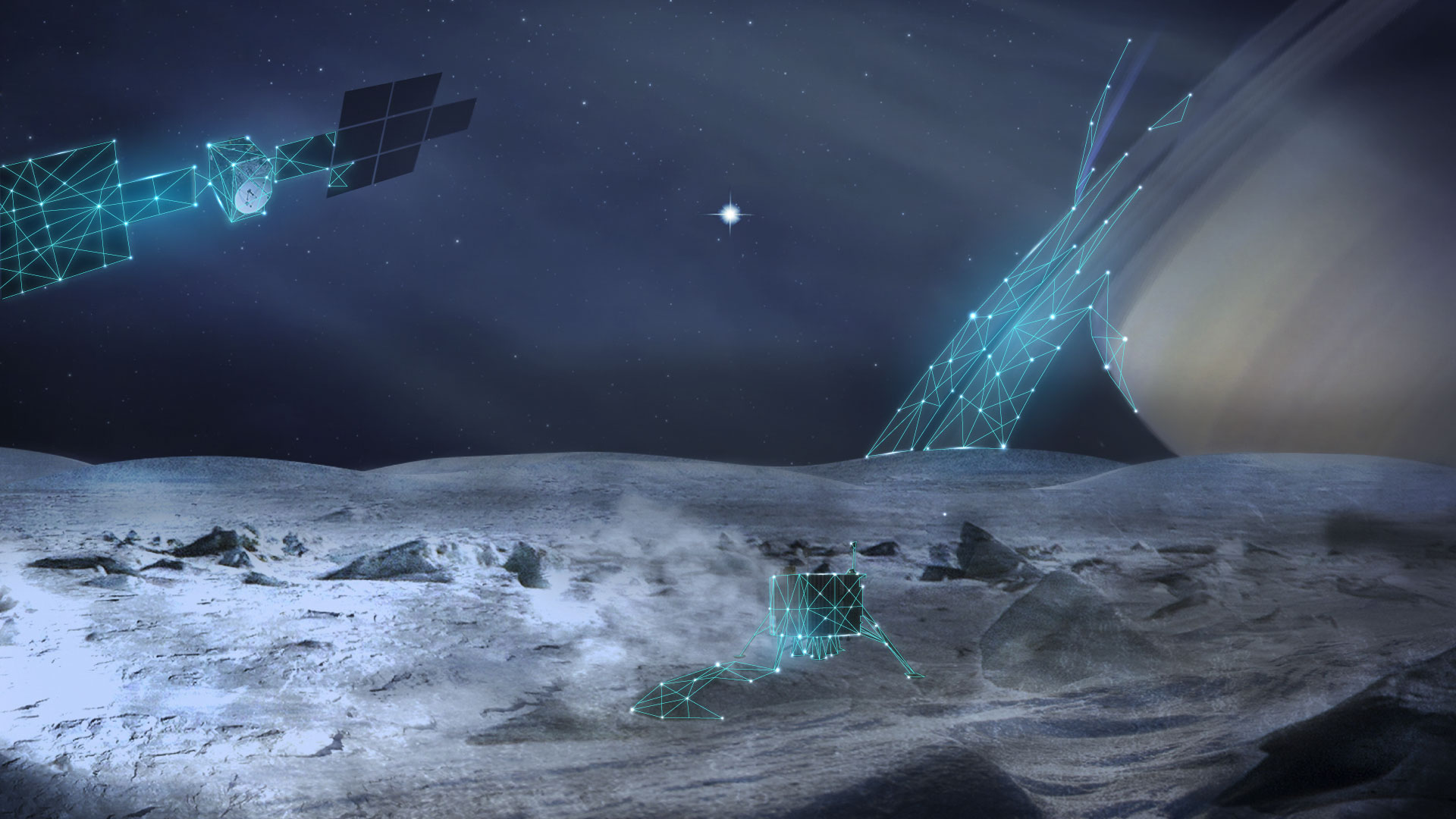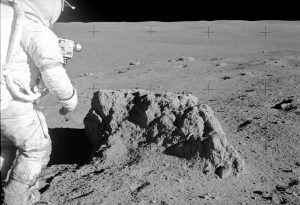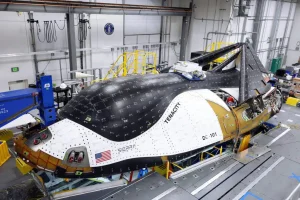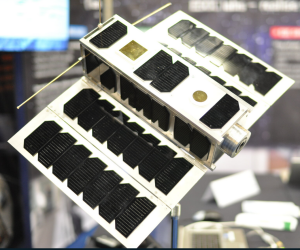Faulting On Titan and Ganymede Could Present Signs Of Life, New Studies Say
10th Nov 2023
Two of the solar system’s icy Moons, Saturn’s Titan and Jupiter’s Ganymede, may have environments that can support life, a recent studies suggest. Researches conducted by the University of Hawai‘i at Mānoa examined the two Moon’s “geological features” and their differing tidal stresses, which cause strike-slip faulting.
As such, lead author and research affiliate Liliane Burkhard said: “We are interested in studying shear deformation on icy moons because that type of faulting can facilitate the exchange of surface and subsurface materials through shear heating processes, potentially creating environments conducive for the emergence of life.”
Could Life Exist On Titan?
Due to Titan’s sub-freezing temperatures, the ice is considered similar to rock in that it becomes deformed and fractureable. And beneath the icy rock, there is a “liquid water ocean” that may hold the elements needed for life. Data collected from the Cassini mission found oceans hiding beneath miles of Titan’s frozen ice, which NASA said contains water and ammonia.
Titan, unlike any other moon in the Milky Way, has a dense atmosphere. Uniquely, these conditions underpin an “Earth-like hydrological cycle of methane clouds, rain, and liquid”. As a result, the cycle has the ability to permeate lakes and oceans with water. Birkhard said this concoction of conditions makes Titan one of few regions in the solar system that can support life.
The study also explores the way gravity interacts with Titan and Ganymede. More specifically, to identify how gravity provokes “tidal flexing” – one of the main driving forces behind strike-slip faulting. As such, Burkhard’s research aims to uncover how tidal stress and subsequent faulting causes “surface and subsurface materials” to interchange, engendering habitable environments to form.
NASA’s Dragonfly: Researching Titan
Titan will play host to NASA’s Dragonfly mission which is marked for launch in 2027. NASA will aim to complete several trips to Titan’s surface, and during each mission, the Dragonfly lander will search for the foundations for life. The first stop is the Selk Crater.
Burkhard’s team have extensively studied “deformations and strike-slip faulting” within the Selk Crater. But while their research is unlikely to deter Dragonfly’s first exploratory effort, Burkhard notes: “The Selk crater area would need to host very high pore fluid pressures and a low crustal coefficient of friction for shear failure, which seems improbable.” Adding: “Consequently, it’s safe to infer that Dragonfly won’t be landing in a strike-slip ditch!”
Studying Tidal Stress On Ganymede
In Burkhard’s second study, her team examined Jupiter’s icy Moon, Ganymede. They examined tidal stress data from the Nippur Philus Sulci region to understand the Moon’s past. Detailed images from NASA’s Voyager 2 in 1979 found possible remnants of ice and frost. However, Burkhard’s research suggests tidal stress differs depending on the Moon’s orbit around its ‘parent planet’. This is due to elliptical orbits causing different tidal stresses compared to circular orbits. Ganymede has a circular orbit, meaning it does not hold “tidal stress deformation,” Burkhard said.
Conversely, she did note there are documented instances of strike-slip faults on Ganymede. The research found there are ranging “degrees of tectonic deformation” and, once mapped, alluded to three separate epochs of geology. That being: ancient, intermediate, and youngest.
Burkhard concluded: “Geologic investigations, such as these, prior to launch and arrival, inform and guide mission activities. And missions such as Dragonfly, Europa Clipper and ESA’s JUICE will further constrain our modelling approach and can help pinpoint the most interesting locations for lander exploration and possibly for gaining access to the interior ocean of icy moons.”


![[UPDATED] AX-3 Mission Successfully concluded The Axiom Space’s Longest Private Spaceflight [UPDATED] AX-3 Mission Successfully concluded The Axiom Space’s Longest Private Spaceflight](https://orbitaltoday.com/wp-content/uploads/2023/11/Liftoff_of_Axiom_Mission_3-300x169.png)




Thank you for your comment! It will be visible on the site after moderation.